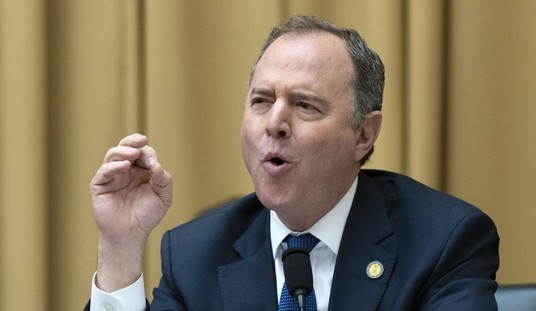Nina Munk at Vanity Fair describes how Harvard spent itself into a hole by imagining that its burgeoning endowment would continue to rise forever. Banking on an ever-rising bubble, Munk lays out how the administrator’s multi-billion dollar plans to recreate Florence in Allston (across the river) became a reproachful, possibly unfunded hole in the ground staring back at its visionaries, who must now, horror of horrors, install coffee and candy machines where once there were leafy cafes, if they are to pull back from the yawning financial grave. Yet it is the inadequacy of the “realignment”, the inability to take the steps which might save Harvard if it comes at the cost of alienating sacred cows that is the most sobering. One is reminded of why history is so tragic. It is because nothing is so impossible to undertake as the obvious.
The fascination of the Vanity Fair article is that it can be read as a parable. If the Titanic was a model of the Edwardian Age, then Harry Widener’s academic descendants have found themselves on another sinking ship of sorts. The fate of Harvard’s endowment closely tracked the nation’s own financial bubble. Here, acted out in microcosm by the Charles were the very follies that were taking place on a national scale. Even the names in the drama were shared, Larry Summers being but one. But there is no sense, in Munk’s article, of being on the Carpathia the night after the iceberg was struck. There is no feeling of relief; instead there is the sense that by the effect of some hideous dimensional machine, the survivors of the microcosmic disaster have been promoted to a higher order world and are fated to repeat with the inevitability of a Greek tragedy their voyage toward yet another mountain of ice on another dark sea.










Join the conversation as a VIP Member